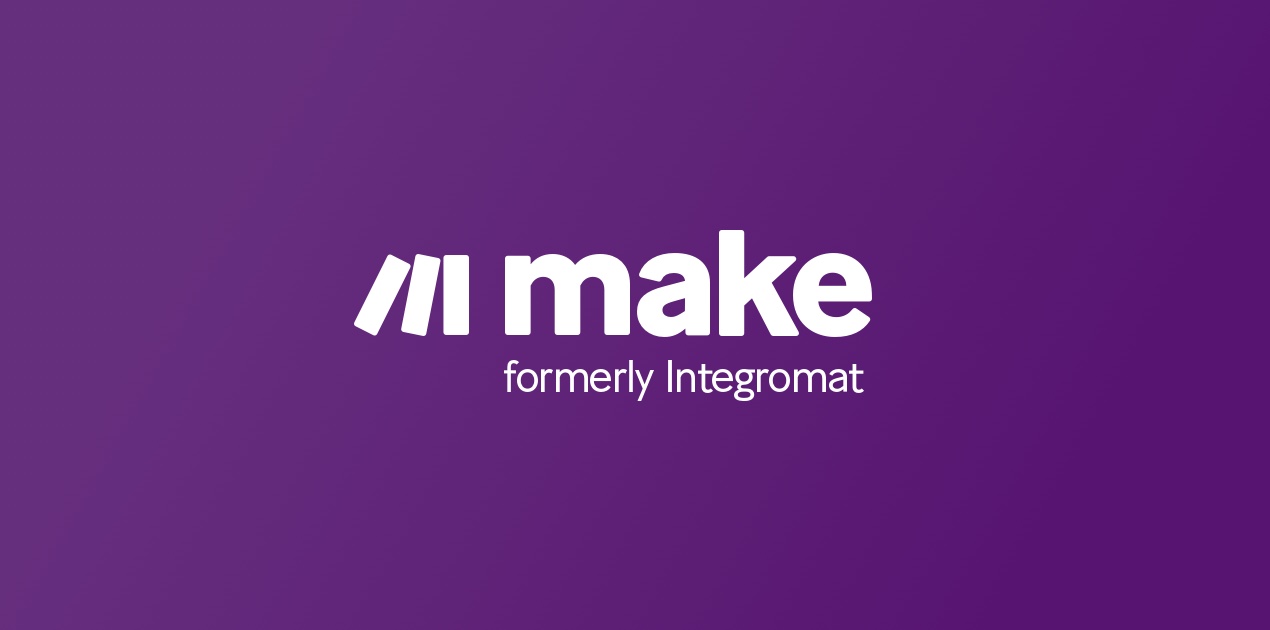### **eBook Creation Process Overview**
The following is a detailed step-by-step guide on how to efficiently create and distribute an eBook using AI and automation tools:
1. **Idea Generation and Topic Selection**: Utilize OpenAI’s GPT-3 to brainstorm book ideas based on popular keywords from Google Trends API. Get creative with the ‘opinion_generator’ prompt for unique topics.
2. **Content Outline Creation**: Request GPT-3 to generate a detailed chapter by chapter outline by using the ‘create_outline’ instruction, focusing on the chosen book topic.
3. **Chapter Writing**: Task GPT-3 with creating the content for each chapter based on the outline provided. Ensure alignment with the structure and flow of the book.
4. **Content Review and Refinement**: Submit each chapter to GPT-3 with the ‘revise_text’ prompt to enhance clarity, style, and coherence of the writing.
5. **Formatting Content**: Utilize Python scripts to format each chapter using markdown or HTML for a consistent and structured presentation.
6. **Proofreading**: Employ Grammarly API to automatically proofread and enhance the quality of language in every chapter.
7. **Table of Contents Creation**: Generate a clickable table of contents using a Python script, adhering to eBook standards and including chapter titles and page numbers.
8. **Cover Designing**: Create a visually appealing book cover using Canva’s API, incorporating title, author, and theme keywords for maximum impact.
9. **eBook Compilation**: Combine all chapters, the table of contents, and the cover into a single document using an eBook conversion tool like Calibre’s command-line interface.
10. **eBook Format Conversion**: Convert the final document into popular eBook formats such as .epub and .mobi using the eBook conversion tool.
11. **Quality Check**: Implement a custom Python script to ensure the final eBook meets formatting requirements and has functional links.
12. **Final Review**: Schedule a manual review by the author or editor using n8n to confirm the readiness of the eBook for distribution.
13. **Distribution Setup**: Automate the setup process on sales platforms like Gumroad or Amazon KDP using their APIs for seamless distribution.
14. **Publishing**: Utilize the platform APIs to publish the eBook across various channels upon approval of the content.
By following these steps, you can streamline the creation and distribution of eBooks, saving time and ensuring a high-quality end product.

